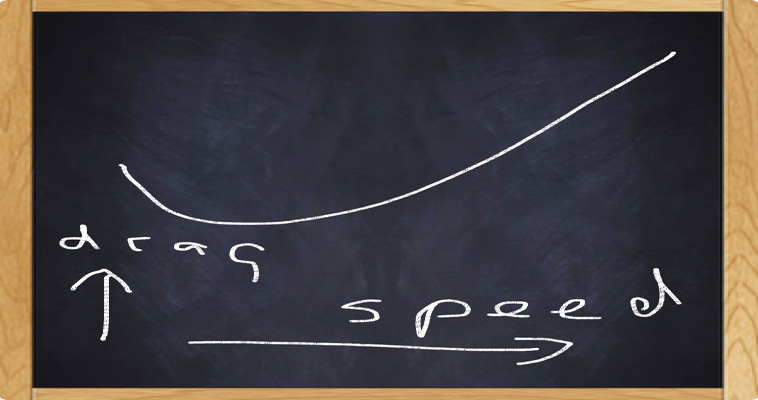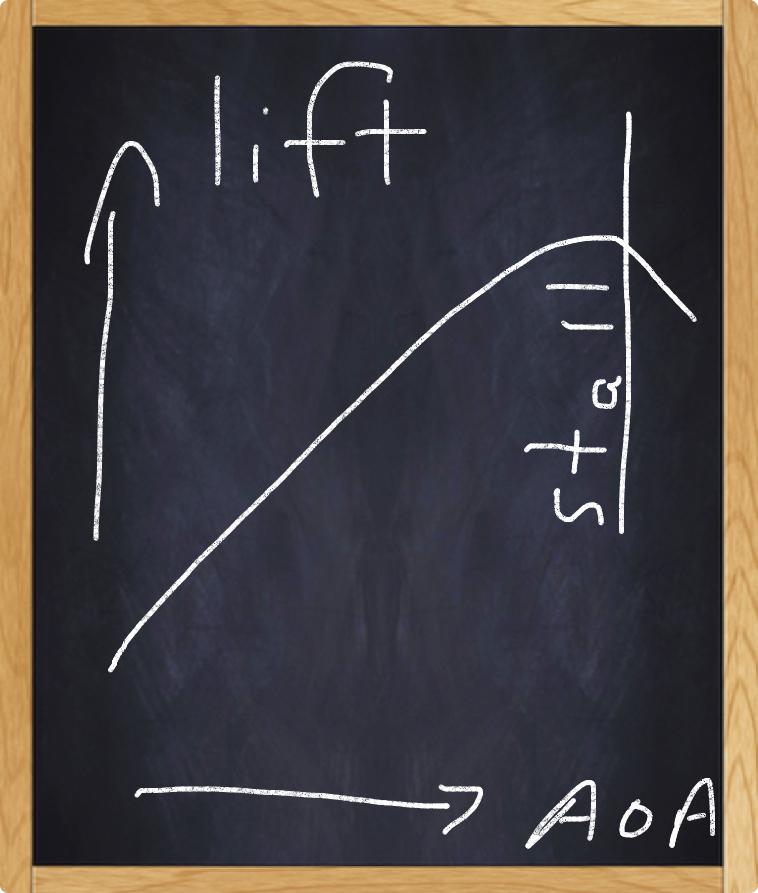Despite our words of concern for education and training, our workforce is racing toward the cliff of incompetence. Even though innovation and specialization have brought us marvelous new tools, basic skills are vanishing, collateral damage from a squeeze on labour. How? In a word, the apprentice has gone missing.
One company (BMW in South Carolina), experiencing first-hand the dearth of skilled labour, has set up an apprenticeship system. But there is resistance. After all, from skilled labour flows empowered labour and unions. From there a slippery slope leads to socialism and communism. Or so goes political thought.
Yes, we are on a slope, but the destination is not an 'ism'. It is incompetence.
My trade is flying airplanes, so I'll stick to what I know. But look around in your own trade or profession and you may see examples of what I'm talking about. Are you passing on your knowledge? Are there barriers to doing so? Will the young people taking up your mantle be able to learn from your mistakes and those of your teachers? Or will they repeat those mistakes? Will they master the new tools that arrive, it seems, every day? Or will they hide behind them, shirking responsibility simply because they are afraid, deep in their gut, that they can't do the job?
I was lucky. I joined the airline in the right seat of the DC-9 and learned fast. I flew with captains who took their teaching responsibilities seriously. I particularly remember Ike Jones, a great, generous, good-natured Newfoundlander. He was Master to my Apprentice. He taught me and I have never forgotten.
Learn By Doing
Lee Kang Kuk (the Asiana 214 Trainee Captain) was not so lucky. He was an “experienced” pilot, a captain on Airbus aircraft transitioning to the B-777. I put experienced in quotes because although he had thousands of hours of flying, he found the prospect of doing a visual approach “very stressful.” To me this seemed nonsensical until I began to think about it. I thought about the Asiana First Officer who told the investigation he had been flying the A320 for three years and had never landed the airplane manually.
I thought of myself. After retirement from the airline I didn't fly for 6½ years. I had to get training, pass exams and tests, and retrain myself. This year I have been working with Andrew Boyd, a Class I instructor, trying to get my skills up to where I can get my Class II instructor rating back. It has been a lot of joyful work. But I see even more than I did six months ago that we all learn by doing. Practice, practice, practice. Lee's airline recommends that its pilots fly their planes manually as little as possible.
Lee didn't have a chance. He said, “(it is) very difficult to perform a visual approach with a heavy airplane.” Horsefeathers. It is actually harder with a very light airplane. What is difficult (if not impossible) is to fly any maneuver without practice.
History Repeats Itself
Fifty years ago last month an Air Canada DC-8 crashed at Ste.Thérèse, Québec. Last month a Boeing 737 crashed at Kazan, Russia. The DC-8 hit the ground at 55° nose down. The B-737 hit the ground at 75° nose down.
It is unlikely that the young pilots in Russia knew of the DC-8 accident. After all, it happened before they were born. What possible relevance could it have for them?
Well, we know from the evidence so far that they were not prepared for the missed approach they tried to execute. They did make the decision to go around. They did select TOGA (Takeoff/Go Around) mode. The engines did spool up to takeoff thrust. They did retract flap from 30° to 15°.
Then comes the part that is difficult to explain. They disengaged the autopilot but did not fly the airplane.
On its own the B-737, trimmed for approach, will pitch nose-up with both takeoff power and flap retraction. The accident aircraft did just that, achieving 25° nose-up, about 10° higher than the target for this maneuver. Like the DC-8 fifty years before, it was accelerating, at least until it passed the 15° target attitude.
Instrument pilots know that acceleration can produce the sensation of pitching nose-up. That might explain the Ste. Thérèse accident. It surely played an important part at Kazan.
It would have helped if the Russian pilots had been trained to expect the missed approach. Pilots call it being spring-loaded for the Go-Around. It would have helped if they knew of and expected the illusions they were about to experience from the acceleration. But most important by far are the basics, and the foundation of any emergency, indeed of any maneuver, is fly the airplane. Somehow they omitted this crucial step.
How Did We Get Here?
It would be convenient if we could put the finger on one factor, one guilty party. But there are many: deregulation; lazy captains; automation; feeder airlines, merger, and bankruptcy as tools to reduce costs; regulatory impotence. Mark H. Goodrich explores all of these in depth on his website. His unique experience (engineer, pilot, teacher, lawyer, more airplane type ratings than anyone) give him an invaluable perspective. I will summarize from my own experience.
Lazy Captains
In my younger days there were captains who grumbled it was not their duty to teach flying. Their interpretation of the adage Learn, Earn, and Return stopped with the money.
Automation
I confess I am a technophile. I love new tools. Flying my Bonanza with its Aspen Primary Flight Display fed by the Garmin GTN650 is a delight. But there are changes. My instrument scan still covers the basic 'T', but there are new items in it, and the order is different. From the airplane symbol (attitude) my eye moves an inch to the right to see if there is any pink fuzz on the altitude tape (trend) and an inch and a half down to the aqua diamond (aircraft track). If there is no fuzz and the diamond is on the arrow (desired track), no further action is necessary for the moment. I can look further out, and think for a second or two about other issues.
And here, in front of the MacBook Pro, I can think about the wider implications. How I enjoyed teaching technology on the A320, and how much flying skill I lost in my nine years on the airplane. Yes, I would make sure each of us did an “everything off” visual approach at least once per cycle (trip, 2-4 day sequence of flights). But in the Airbus such an approach is a bit of a parlor trick, chiefly because there is no trim feel.
In the Bonanza I have the best of both worlds. There is no autopilot. You fly it every second you're airborne, and then some. And the tools I have at hand are better than I had on the Airbus. ForeFlight in my iPad, fed by a tiny GPS and a satellite weather receiver. New capability arrives every few months with a software change. Flying in IMC I no longer have to request permission to leave the ATC frequency, call the FSS, and copy weather with one hand while flying with the other. Instead, my right forefinger taps the iPad over the airport of interest, and the last METAR appears. Another tap brings the forecast or the winds aloft or the airport information. One more tap and the approach I have chosen is drawn over the map in scale. Using two fingers I zoom and pan as I brief for the approach. I am still flying with my left hand.
I love it all. But is it easier than the old way?
Yes and no. In the old days you started with heading and guessed at the track made good. You integrated (looked at change over time) the localizer or VOR needle to see how good your guess was. Now you just glance at the little diamond. That's a huge improvement. But you have to learn the system, to understand what is going on. The diamond is of no use whatever if you don't know what it is. And once you do you have to retrain your eye so it knows where to look. So I am solidly with Mark Goodrich when he says that automation requires more pilot training, not less.
Airline Management Strategies
Since deregulation (1978) airline management has focused on reducing costs. Robert Crandall (American Airlines) spoke out against deregulation, but once it was law he led the way, inventing one strategy after another for his airline's survival. The first of these was hub and spoke. As I young man I flew the DC-9 across Canada on many long, thin, multiple-stop routes. By the time I was captain on the same airplane (1987) hub and spoke had arrived and there were feeder airlines flying turboprops, bringing passengers from the smaller cities into the hubs where the jets flew. This not only made economic sense – it also provided the opportunity to set up a two-tier pay scale and reduce the power of the pilot unions. But there was a casualty: apprenticeship. Young pilots starting out at the feeder had no contact with the old guys (still mostly men, even then) nearing the end of their career. Instead, they flew with captains near their own age whose only concern was getting a job with the main line. Seniority and career trumped teaching and learning. The wisdom of the old farts retired with them.
Then, as Robert Crandall so accurately predicted (in the Senate hearings on Deregulation), the airlines started losing money. There was a frenzy of merger and acquisition, and then bankruptcy. Collateral damage to pilots came in training, salary, and pension.
When I joined the airline training on a new type included two hours at the controls of a real airplane, doing takeoffs and landings. Now a pilot's first landing on a new type is on a line flight with passengers. That can be interesting. I know because I spent my last eight years as a Line Indoctrination Training Captain. For more about reliance on simulators and airline training in general, see Mark Goodrich's Simulating Reality and The Training Paradox.
Regulatory Impotence
The FAA recently changed the regulations to require that First Officers on transport aircraft have 1500 hours total time and an Airline Transport Rating. This was largely a response to the Colgan Air crash at Buffalo, NY in February, 2009. There are not enough pilots with these qualifications, and airlines are beginning to cancel flights in the smaller markets such as Grand Forks, ND.
The FAA now requires some Asian airlines to fly GPS approaches instead of visual approaches if the ILS is unserviceable. Note that aircraft “land themselves” only if an ILS is available on the landing runway. Note also that GPS approaches with vertical guidance, although they allow an autopilot to fly the airplane down a glideslope, themselves require training.
So which is better? Apprenticeship, or regulations which say only masters can fly? Training pilots in the fundamentals so they have the confidence they can fly, or regulating the level of automation they must use?
Conclusion
We have come full circle. Laziness interacts with automation, cost cutting with simulator training, loss of apprenticeship with pilot confidence and competence. The emperor has no clothes. But again, why?
The answer, I'm afraid, is simple. We can't see that the emperor has no clothes because we don't want to look. Deregulation opened airline financial decisions to the market, which means you and I, the bargain-seeking traveler, push prices down to where flight operations can no longer be safely undertaken. It has taken a generation, but that is where we have arrived.



